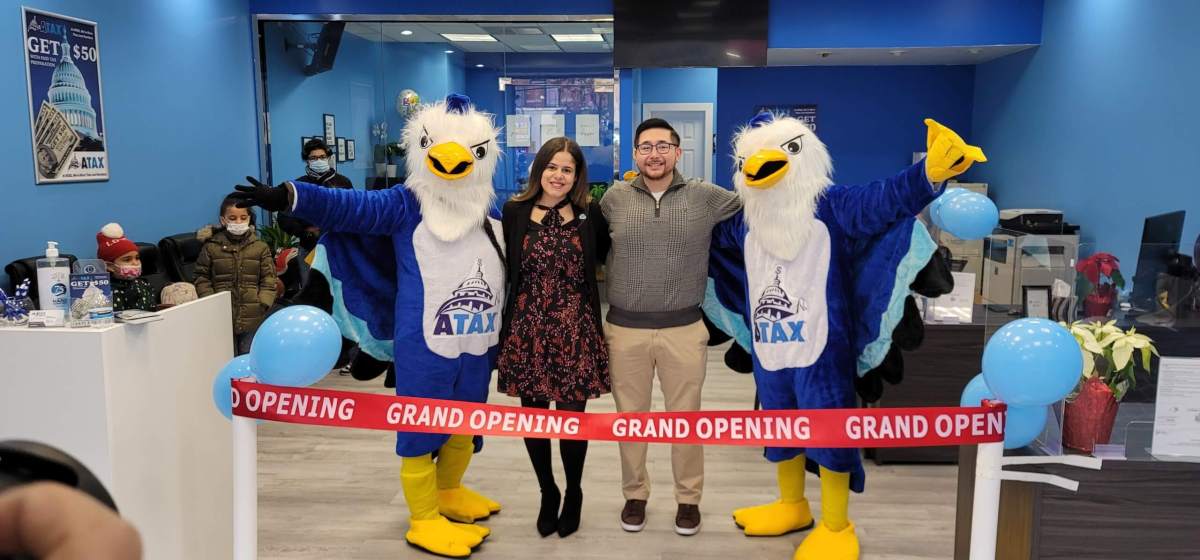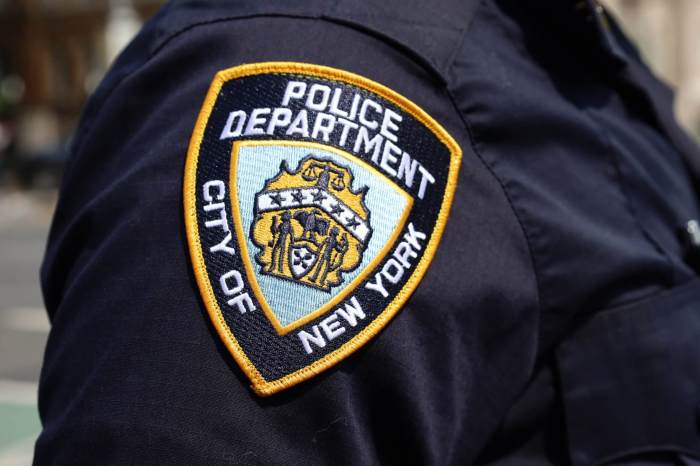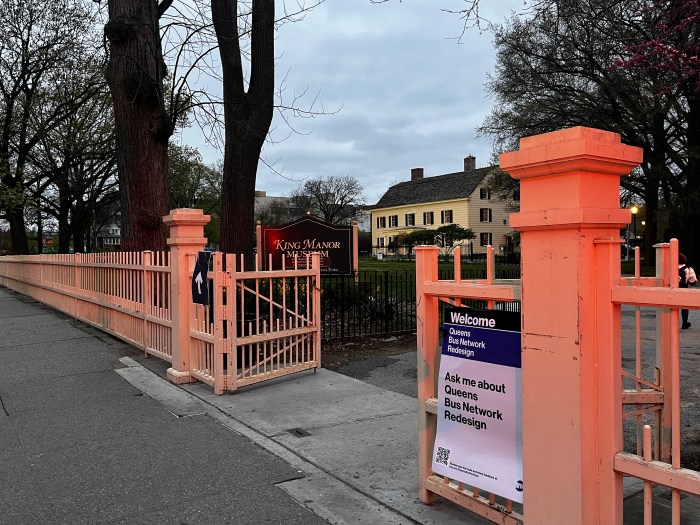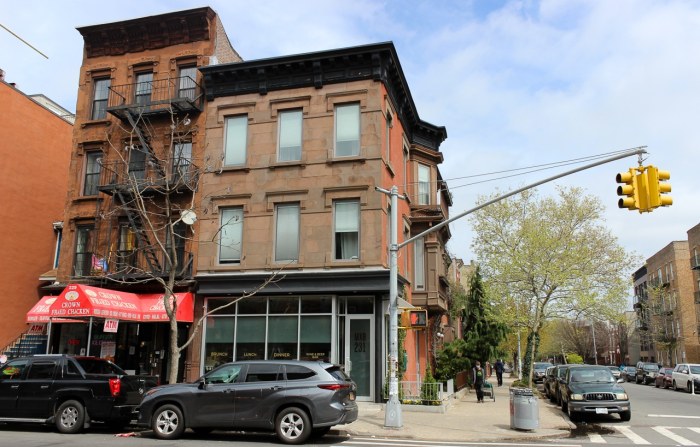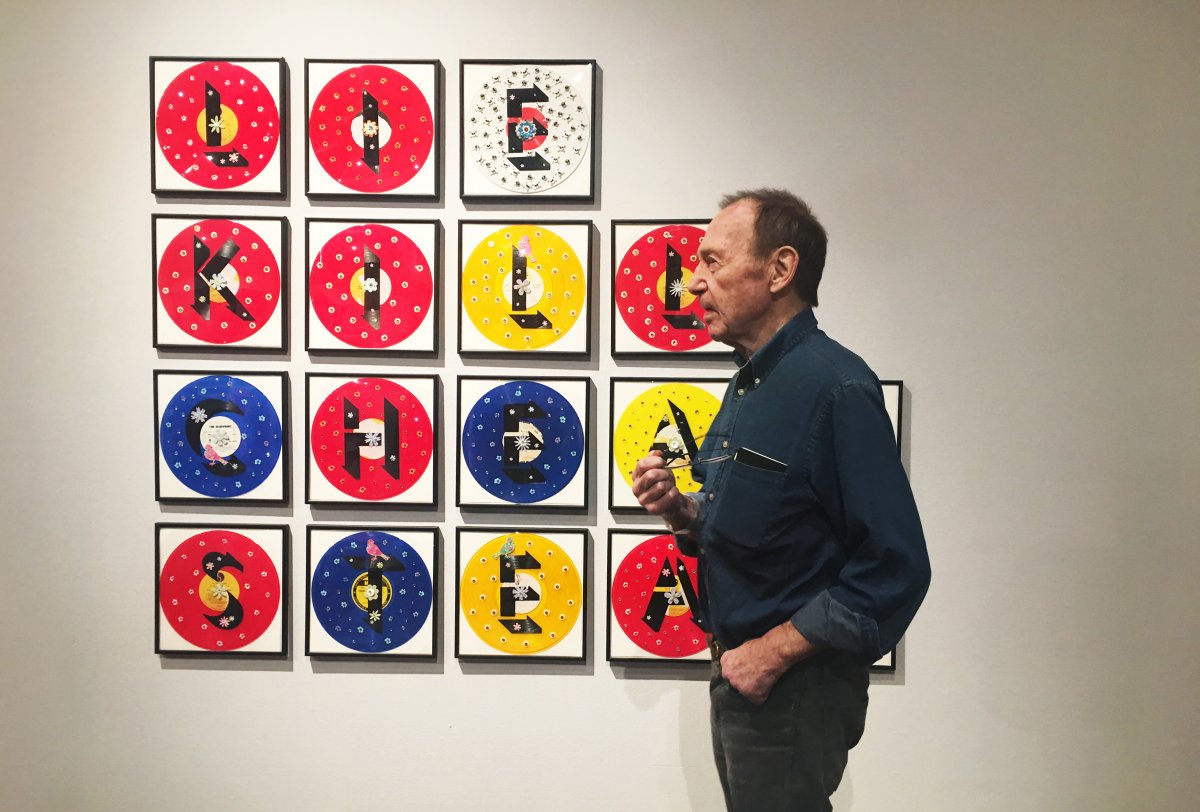
BY TINA BENITEZ-EVES | A pop / Neo-Dadaist artist who moved from mixed-material art pieces to Grammy-winning cover art for the Talking Heads (“Speaking in Tongues”) before settling on Captiva Island, Florida, and a Mexican-born artist who came to the East Village and created one of the most iconic band logos, The Ramones, Robert Rauschenberg and Arturo Vega never met or collaborated. Yet their paths no doubt crossed without either one knowing it.
After fleeing Mexico to New York in 1973, Vega settled at his 6 E. Second St. loft in what became a home and safe haven for artists. Rauschenberg set up shop at 381 Lafayette St. a few years earlier.
Both artists conceptualized and extracted their art from the street, whether it was Vega’s supermarket meat signs from the ’70s or Rauschenberg’s found objects in his “Combines” (1954-1962). Today, the link remains among the two artists in “Empire, An Arturo Vega Retrospective,” at the Bob Rauschenberg Gallery at Florida Southwestern State College, in Fort Myers, Florida.
Running through Dec. 17, the long-awaited Vega retrospective moves through early works from the 1970s on through the 2010s, serving as an extension of Howl! Happening, the East Village gallery and performance space that opened in 2015 to showcase local artists.
Prior to working with The Ramones, Vega painted old bodega signs hawking “Chitterlings,” “Chicken Parts” and Smoked Tongues” — art pieces that were salvaged by a neighbor after Vega tossed them in garbage. “What the Hell” and “You F–k N’ Ass” and other verbal abuses, part of Vega’s “Insults Series” from the early 1990s, also lined an entire wall, filling the Rauschenberg Gallery with a bigger picture of Vega, beyond his work with the famous punk band.
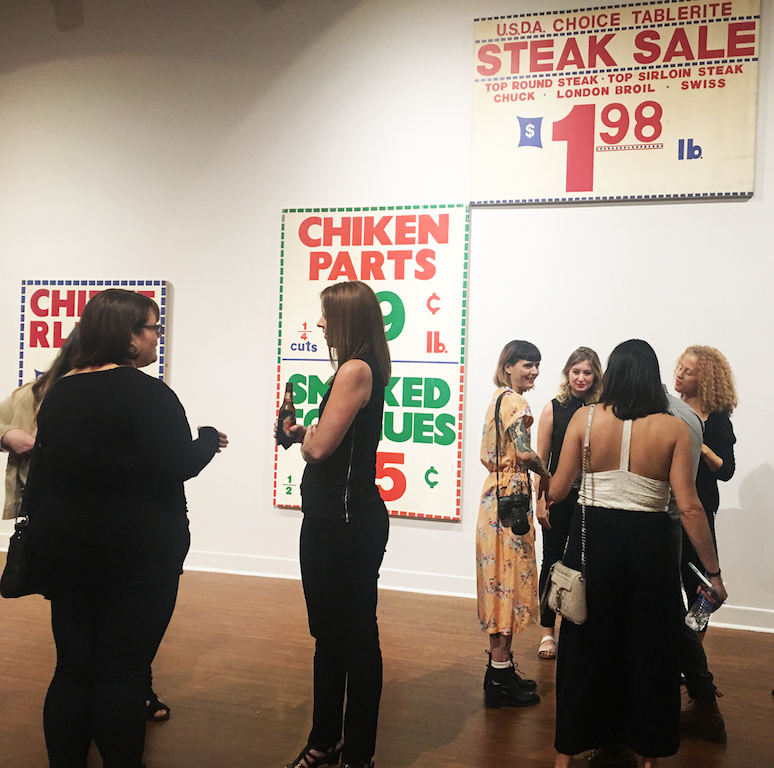
“The Ramones are so much bigger now that they’re gone, but it’s not about The Ramones,” said Monte Melnick, the band’s longtime road manger. Melnick shared a slideshow of archived photos and stories from his life on the road with The Ramones during a preview showing. “This exhibit is about Arturo’s legacy. It’s nice to see it finally getting out there.”
Always proud of his work as the band’s art director and spokesperson, Vega was reticent to exhibit his own artwork.
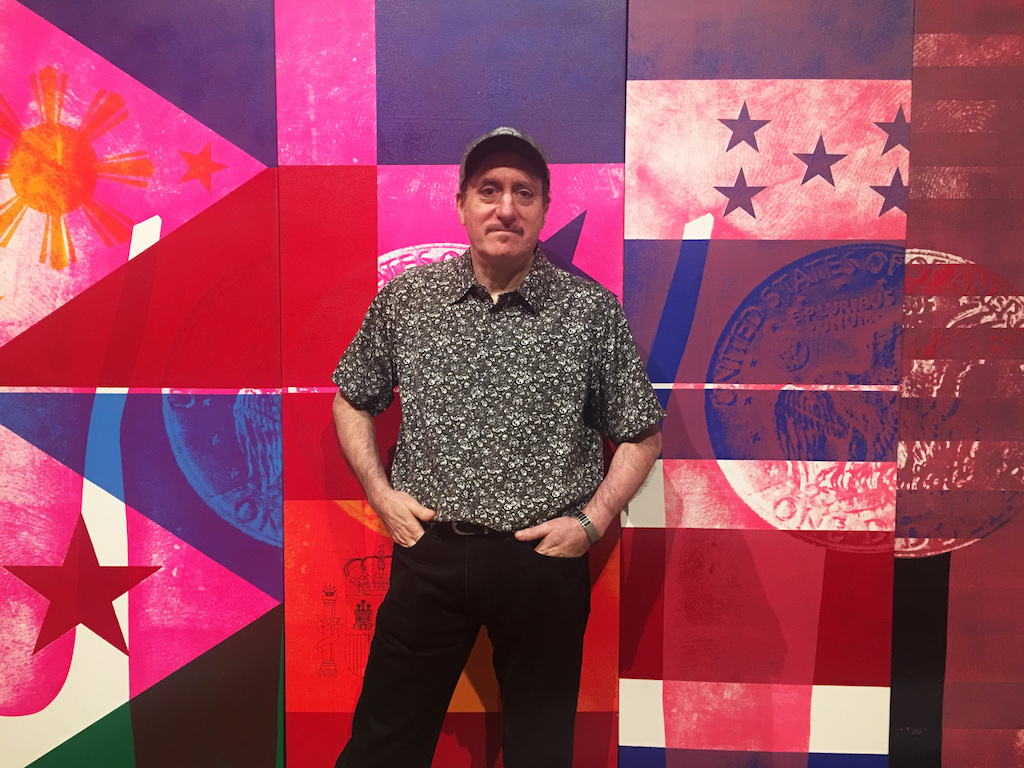
Stretching more than 6 feet, the largest piece, “Vega’s Empire,” from 1989, is a glimpse of America’s economic and cultural prowess with hands holding the eagle side of silver dollars, with a backdrop of Latin American flags.
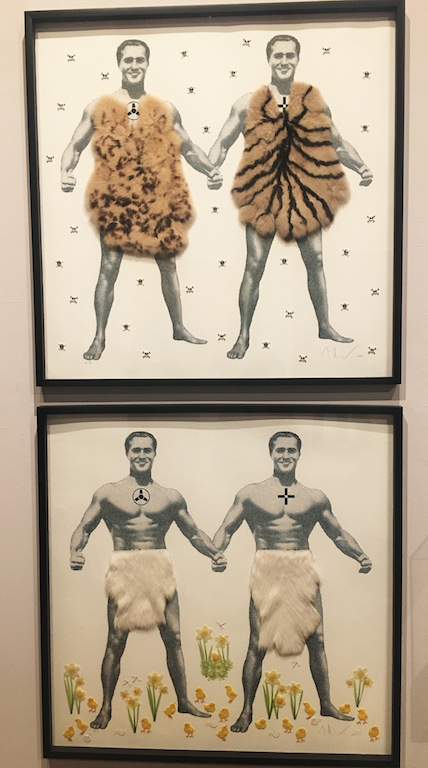
Jade Dellinger, director of the Bob Rauschenberg Gallery and curator of the Vega exhibit, was first introduced to Vega’s work in 1992 when he was a student at New York University and came across some of the artist’s other work at CBs 313 Gallery, later kicking around the idea of a collaboration with the artist.
“I was amazed with the paintings’ vitality, the depth and how creative he was outside of The Ramones,” Dellinger said. “It’s a project that Bob [Rauschenberg] would have been proud to produce.”
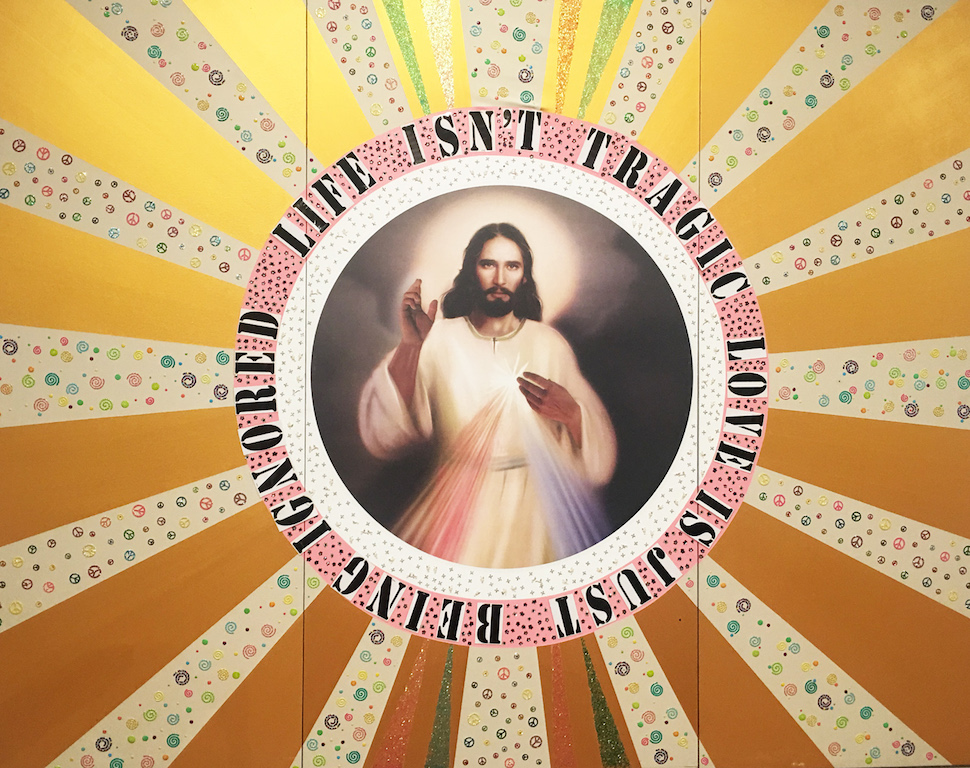
Ted Riederer, Howl! Happening’s gallery director, who first met Vega in 1994, said the artist had not peaked.
“No question,” he said. “If he lived longer, he would have been bigger.”
Jane Friedman, director of Howl! Happening and executor of Vega’s estate, hopes the exhibits will continue.
“I hope this helps establish him as not just a Ramones or pop artist. He should be known for all he did.”












